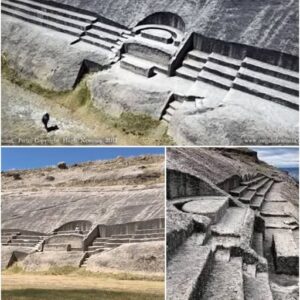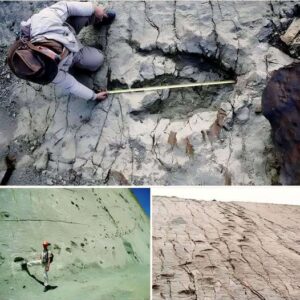The Venus of Laussel, a striking example of Paleolithic art, was skillfully carved into a block of Dordogne limestone around 25,000 years ago, a period marked by the last glacial era. Unearthed in southwestern France, this exceptional masterpiece portrays a naked female figure clutching a bison horn or a crescent-shaped object in one hand, a feature that has sparked diverse interpretations regarding its symbolism. Measuring approximately 18 inches (46 cm) in height, this bas-relief carving stands out for its intricate artistry, focusing on themes of fertility, femininity, and potentially lunar or cyclical concepts.
The Venus of Laussel, discovered in the shelter of a rocky cliff, captivates archaeologists and art enthusiasts alike with its detailed representation of the female form. The figure’s exaggerated belly and breasts emphasize themes related to fertility and the nurturing aspects of femininity. Some researchers suggest that the crescent-shaped object held by the figure may symbolize the moon, linking the artwork to lunar cycles or seasonal rhythms prevalent in the lives of Paleolithic peoples.

During the Paleolithic era, art served not only as a form of expression but also as a means of communicating beliefs, cultural practices, and perhaps even daily life. The Venus of Laussel, with its evocative depiction of a woman in a posture of power and reverence, offers a glimpse into the spiritual and societal values of prehistoric communities. The deliberate placement of the figure in a prominent location within the cave suggests that it held significant meaning for those who created it.
This iconic artwork sheds light on the artistic capabilities and symbolic language of our ancient ancestors, showcasing their talent for capturing complex ideas and emotions through stone carvings. The Venus of Laussel remains a testament to the enduring power of art as a reflection of human creativity and imagination, transcending time and connecting us to our distant past.
In conclusion, the Venus of Laussel stands as a testament to the rich artistic heritage of the Paleolithic era, inviting us to ponder the depths of human expression and symbolism across millennia. Its enduring legacy continues to inspire awe and fascination, underscoring the importance of preserving and studying such remarkable artifacts for generations to come.





